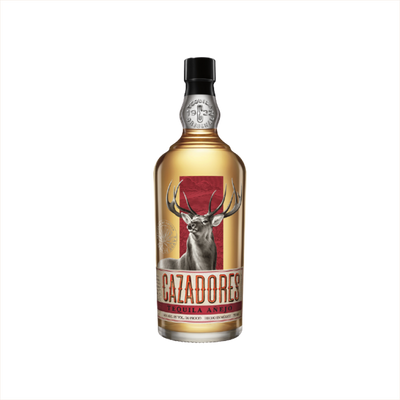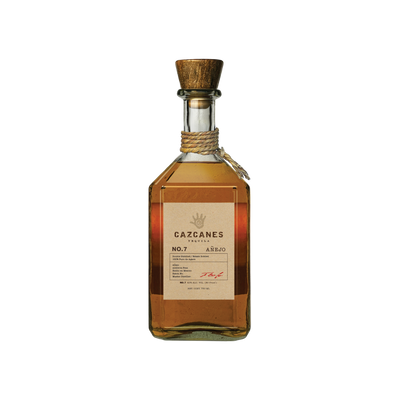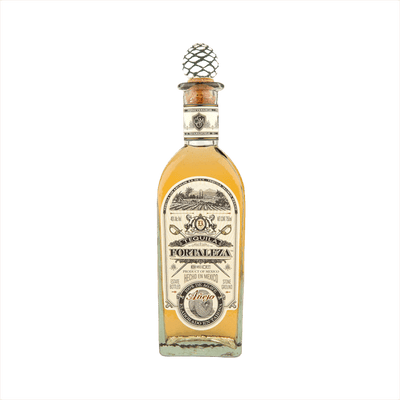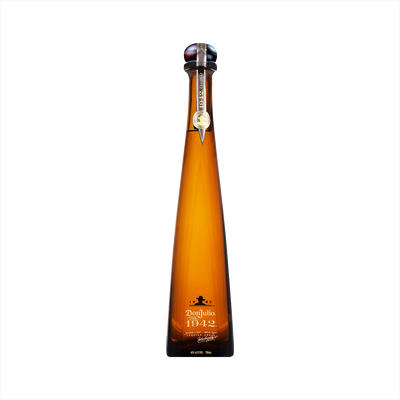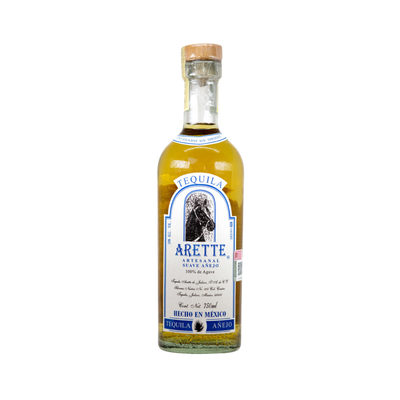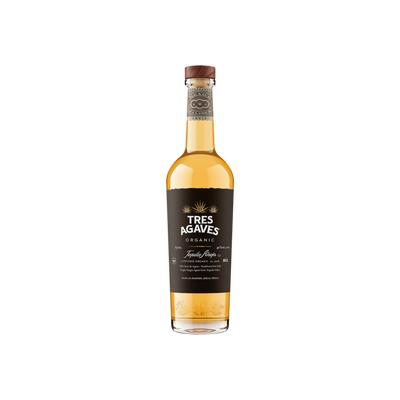Añejo Tequila
What is Añejo?
Añejo is a premium category of Tequila that has been aged in oak barrels for a minimum of one year but no more than three years. This extended aging process transforms the spirit from its clear, agave-forward blanco state into something richer and more complex, developing notes of vanilla, caramel, and spice from the wood. The name literally means "aged" in Spanish, and these tequilas represent the sophisticated side of Mexico's national spirit, perfect for sipping neat or crafting elevated cocktails.
Learn More About Añejo Tequila
What makes Añejo unique?
Añejo tequila stands apart through its mandatory aging period of one to three years in oak barrels, which transforms the bright, vegetal agave character into something deeper and more complex. The extended barrel contact develops rich amber hues and introduces vanilla, caramel, and spice notes that younger expressions simply can't achieve. This aging process creates a sipping tequila that rivals fine whiskeys and cognacs, offering a sophisticated drinking experience that showcases tequila's potential beyond the party shot stereotype.
How is Añejo made?
Añejo tequila starts as blanco (unaged) tequila that gets placed into oak barrels for a minimum of one year and up to three years of aging. The wood imparts rich amber colors and complex flavors like vanilla, caramel, and spice while mellowing the agave's natural bite. Most producers use American oak barrels, though some experiment with French oak or previously used whiskey barrels to create unique flavor profiles.
How do you drink Añejo?
Añejo tequila deserves respect—sip it neat or on the rocks to appreciate its complex oak and vanilla notes that come from extended barrel aging. While some folks still shoot it (though that's really selling it short), añejo shines brightest in sophisticated cocktails like an Old Fashioned variation, a premium Margarita, or a Paloma where its rich character can stand up to other ingredients. These aged tequila cocktails work beautifully during cooler months when you want something with more depth and warmth, making them perfect for fall evenings, holiday gatherings, or any time you want to slow down and savor something special.
How do I choose good Añejo?
When selecting an añejo tequila, look for bottles that clearly state their aging period and avoid anything with artificial coloring or flavoring additives—the best examples rely purely on time and oak to develop their character. For sipping neat or on the rocks, splurge on premium expressions aged 18 months or longer, but if you're mixing cocktails like an Añejo Old Fashioned or Tommy's Margarita, a well-made standard añejo (aged 1-3 years) will shine without breaking the bank. The key is matching the tequila's intensity to your intended use: save the complex, woody specimens for contemplative sipping and reach for cleaner, fruit-forward options when you want the agave to play nicely with other ingredients.
Nutritional Information
Typical Calorie Range per Ounce: 65-70 calories
Typical Carbohydrate Range per Ounce: 0-0.1 grams
Typical Sugar Range per Ounce: 0-0.1 grams
Typically Gluten Free: Yes
Añejo tequila contains virtually no carbohydrates or sugars since the aging process and distillation remove these elements. The calories come entirely from the alcohol content. While tequila is made from agave (not wheat, barley, or rye), always check the specific product label to confirm gluten-free status, especially for flavored or specialty añejo expressions that may contain additives.
Scrolled this far? Your reward? Añejo Trivia!
- Some añejo tequilas actually get darker from the barrels themselves breaking down, not just from aging. Master distillers sometimes char the inside of American oak barrels at different intensities – light, medium, or heavy – and the heavier the char, the more the wood caramelizes and imparts deep amber colors. This means two añejos aged the exact same amount of time can look completely different in your glass.
- The angel's share – the alcohol that evaporates during aging – can reach up to 10% per year in Mexico's hot climate, compared to just 2-4% in cooler Scottish whisky regions. This means a three-year añejo has potentially lost 30% of its original volume to the desert air, concentrating flavors in ways that would take much longer in other spirits.
- Many premium añejo producers actually use a solera-style system borrowed from sherry making, where they blend different aged batches rather than bottling from single barrels. This creates consistency across years, but it also means your "aged 18 months" añejo might contain some liquid that's been resting for three or four years.
- The NOM number on your añejo bottle tells you exactly which distillery made it, but here's the kicker – some celebrity and craft brands you think are made in small batches actually come from the same massive industrial distilleries. Over 150 different tequila brands can legally come from just one NOM location.
- Añejo tequila is the only aged spirit where the base ingredient continues to break down chemically during barrel time. Unlike whiskey, where the grain mash is fully converted before distillation, the complex sugars in cooked agave keep transforming in the barrel, creating entirely new flavor compounds that literally don't exist in younger tequilas.
Higher-proof spirits can be intense. Mix carefully, taste thoughtfully, and enjoy responsibly.
Gift message (optional)

